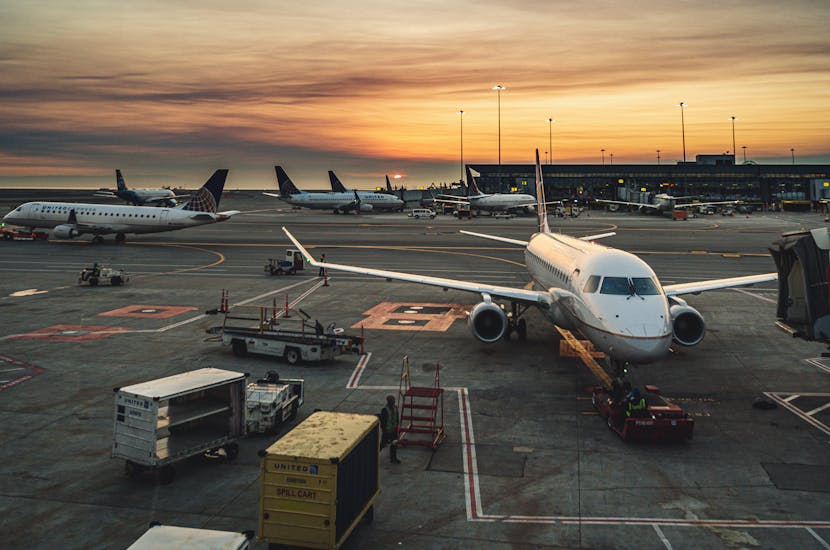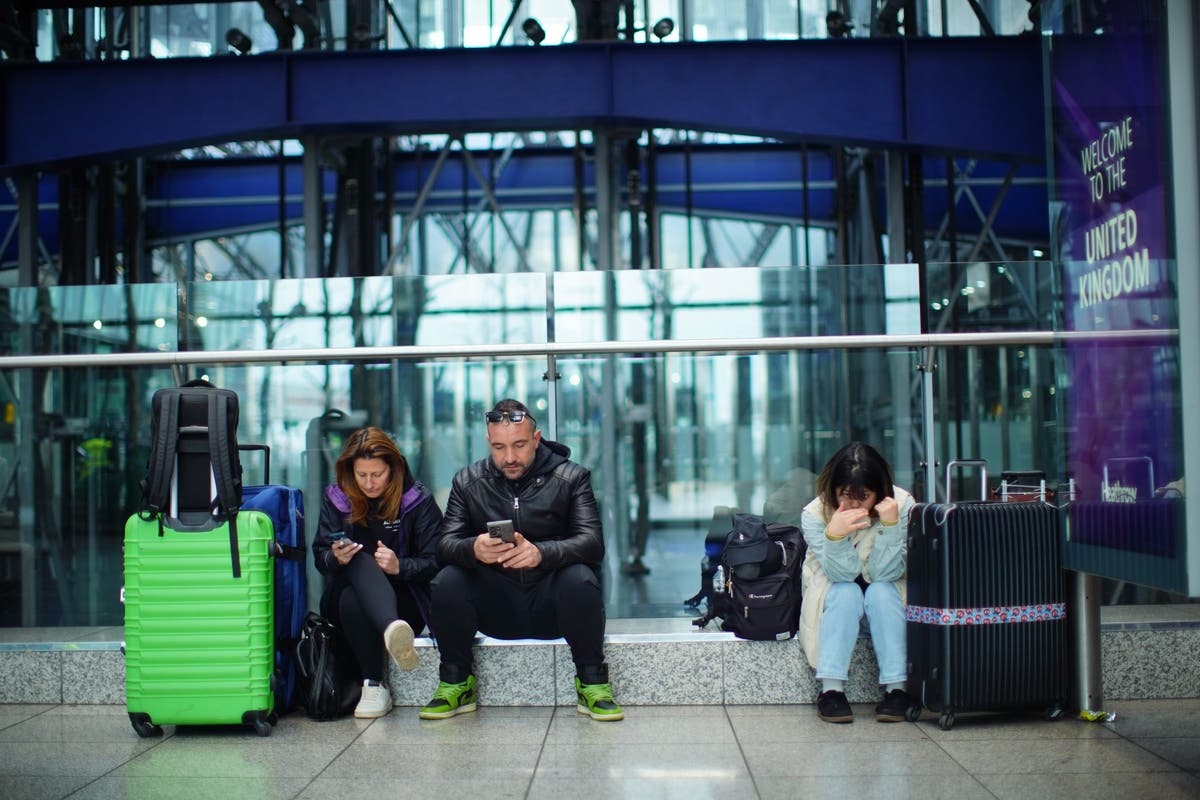In 2024, Heathrow Airport experienced a major disruption following a fire at an electricity substation, which led to its complete shutdown. As Europe’s busiest airport and the fourth busiest globally, with nearly 84 million passengers passing through its terminals in the previous year, the impact of this closure was felt across the aviation industry. For airlines that rely on Heathrow as a primary hub, the closure caused significant operational chaos and financial losses.
Immediate Priorities for AirlinesWhen a major airport like Heathrow shuts down, the primary concern for airlines is ensuring the safety of flights already in the air. Airlines are required by standard procedure to have alternate airports designated for emergencies, based on proximity. However, the volume of diversions caused by the Heathrow closure quickly overwhelmed the UK’s diversion capacity.

The situation worsened for long-haul flights operated by wide-body aircraft, such as the Airbus A380, which can only land at a select number of large airports.Despite the unforeseen nature of the Heathrow shutdown, airlines are generally prepared for crises. They maintain updated emergency plans and operate control centres that oversee response actions.
In a major disruption, like the Heathrow closure, top management and operational heads hold emergency meetings to ensure swift decision-making and minimize operational disruptions. Airlines also rely on crisis rooms to monitor the situation and manage the impact o.
























